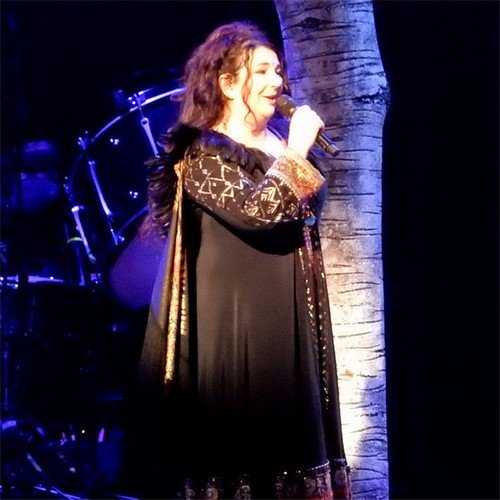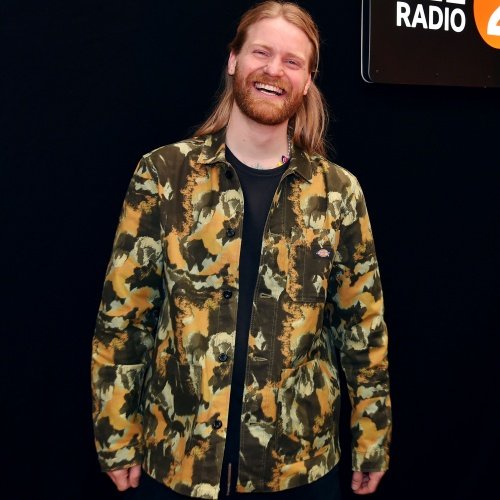A funeral with violins, a hospital, a broken piano, a diesel engine, a farewell – artist Łukasz Polowczyk’s new work Noise in the Key of Life layers live players and field recording with equal standing and reflects on experience and sound. We talked to Lukasz and premiere a short film about the work.
It began with a process of daily meditation – transformed into “a diary” full of “moments that I actually lived,” “life in its full dynamic range.”
Łukasz is a sound artist, spoken word artist, and educator working between poetics and media, based in Berlin. The new EP and accompanying book create a special sound world for contemplation:
Noise in the Key of Life is the result of hundreds of “sculpted” field recordings, obsessively collected over a period of 5 years, whittled down to 24 minutes of music. Each piece went down dozens of generations of processing*. The project was guided by a deep thirst for finding and isolating unique “sound objects”: alien and brash, especially against the backdrop of mainstream production standards. The frequency range of each composition was defined by and limited to the frequency range of the initial field recording used to create it. The record also features the soulful playing of Simon Spiess (saxophone), Tobias Preisig (violin, organ), and Gianpaolo Camplese (drums); laid down as a series of impromptu first-takes (stacks included).
This film nicely sums up the work:
CDM: Can you tell us a bit about your creative flow? What makes you make the decision to hit start? When to hit stop?
Łukasz: At the very beginning of this process, which eventually became Noise in the Key of Life, I was recording everything all the time. Field recording as a discipline was new to me and hearing the world amplified like that, and with this extreme clarity, it made me feel like I was given a superpower — I was able to hear the world like an animal. It’s crazy how limited our hearing is (as a species) and how much eludes us.
Now that I’ve been doing this for five years and change, city and nature sounds (recorded in places I’m familiar with) are no longer surprising to me. The last time, for example, that the sound of my neighborhood blew my mind was when we had that blizzard – I believe it was last year. Suddenly, everything sounded softer and rounder, and the actual snowfall like tiny, brittle crystals. It was gorgeous!
How much do you edit afterwards?
I try to listen to what a particular piece wants from me and I take as much or as little as is needed for it to work. Looking back on it now, when I embarked on this journey, I was fascinated by the musicality of short sound events, so I would make short loops that highlighted a hidden rhythm, a pattern, or some semblance of a “melody.”
Over time, these fragments started to get longer. The piece that closes the record, “Ghost Piano vs the Machine,” is over five minutes long. It doesn’t have edits, the only thing I did was add a fade-out at the end. The piano that you hear was a recording of a broken piano that I looped, mixed and mastered. I played this recording from a little speaker in a park by my house and recorded it with the sound of this new “field” using my handheld recorder. I’m tempted to say that I’m starting to lean more towards the “musicality” of extended moments and away from snippets, but time will tell if this is in fact so.
I was able to hear the world like an animal. It’s crazy how limited our hearing is (as a species) and how much eludes us.
There are moments, as you say, captured here – even a funeral… how did you come to record those particular snapshots in time?
As I said before, in the beginning, I was recording everything all the time. I didn’t have a project in mind, yet – I was discovering the world anew and learning about recording outside of a studio environment. I was just living my life and experiencing the world as usual, but with my sense of hearing amplified. In a way, my ignorance spoke to a certain innocence in how I went about everything because I wasn’t recording my life for the purposes of a record, I wasn’t exploiting it, I was just documenting what I heard day in and day out.
The funeral of my godfather was one of many events that transpired during this period of time. I’m not sure if I would ever be able to record something like this again, because I don’t know if I would be able to find that innocence inside of me to do so, without feeling like I’m just exploiting the situation. With this funeral, I was just there to honor this wonderful human being, the recorder was on because it was always on.
What’s your field recording rig look like? And how do people respond around you when they see you recording?
It’s just a handheld Tascam. It’s clunky, but without the headphones, you can hold it fairly inconspicuously if you need to. On occasion, I might sit down and place it next to me, or somewhere in the vicinity, if I don’t want to disturb the natural order of things. When I’m walking on the street with my headphones on and that furry sock thing around the mic people cop glances, here and there, but that’s about it. No one had ever asked me about what I was doing.
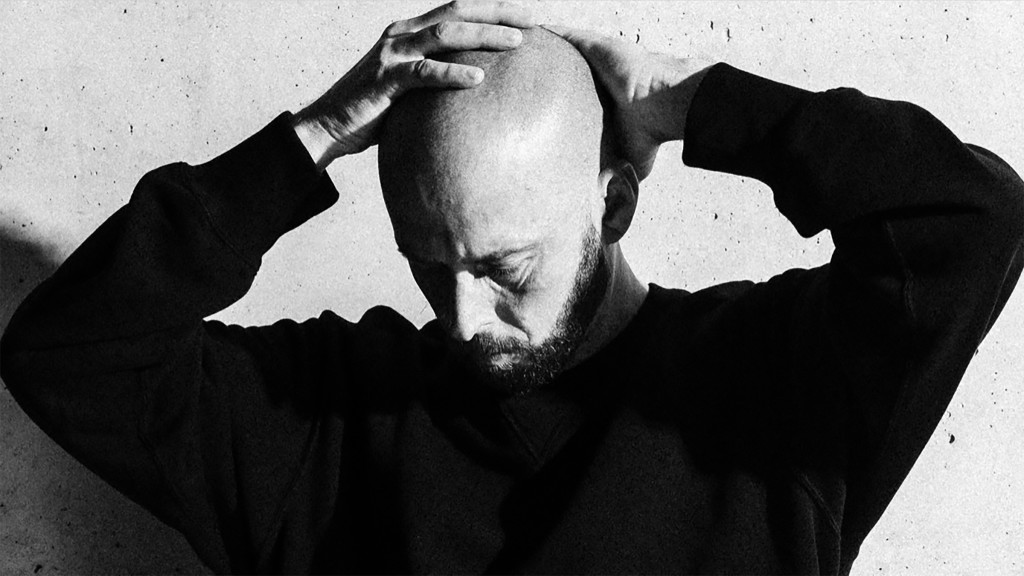
It’s so interesting, in a way, to mix the instruments and field recordings this way. How did those different players approach it?
I think that mixing field recordings with instruments is fairly common. Most of the electronica producers I know do this in some capacity, or have, in the past. However, what’s different in this case is that I didn’t demote the field recordings to mere samples. What I mean by this is that field recordings tend to be used in place of instruments or samples. For example, a recording of a street might be used as an atmospheric pad, a slamming door as a kick or a snare, etc. And then, they are arranged to function as would a normal snare or a pad, in that particular genre, also in regards to the frequency range that they will occupy in the mix. Here, the “body” of the music is the actual field recording, albeit sculpted, and the analog instruments that appear act as extra textures or contours/outlines to these sound objects.
I have to really give it up to the musicians that played on these compositions – Gianpaolo Camplese (drums), Tobias Preisig (violin) and Simon Spiess (saxophone) – because they all have this amazing ability to hear music in abstract sound, and they are able to find a pocket in a soundscape that a lot of musicians would probably view as sheer noise. And, another thing: everything here was played impromptu, without any instructions from me or any prep from their side!
I didn’t demote the field recordings to mere samples.
How did you come to work with them? Or how did you put those elements together, process-wise?
We’re friends. It just so happens that they’re musicians that I really admire because they have these unique “voices” and this rare sensitivity in regards to dealing with “alien” sound objects. By the time I set up these sessions, I had hundreds and hundreds of these sonic sculptures on my drive. I whittled them down to 30 or 40 – I chose the bits that sounded unique to me and fascinated me somehow. At the studio, I had Gianpaolo and Simon call out a number between one and 40 (or whatever it was), and then I would drop the corresponding instrumental into the sequencer, hit record and they would play to it.
What you hear on the record are all first takes — including the overdubs! At the session with Tobias, I think I had a smaller catalog for him to choose from, or maybe we just didn’t have as much time to track. I can’t remember now. Then, once I had all these recordings, I started mixing them. That’s when I figured out what worked and what didn’t. Because I didn’t follow any genre-based production blueprints, and the frequency spectrum of every sound sculpture was defined and limited by the nature of that particular field recording, the results were very hit-or-miss. I knew that I wanted to undermine some of the aesthetic presets that we’re all so accustomed to, but I didn’t want to go completely off the map – I still wanted the end result to at least imply functional music, even if it sounded broken or wrong.
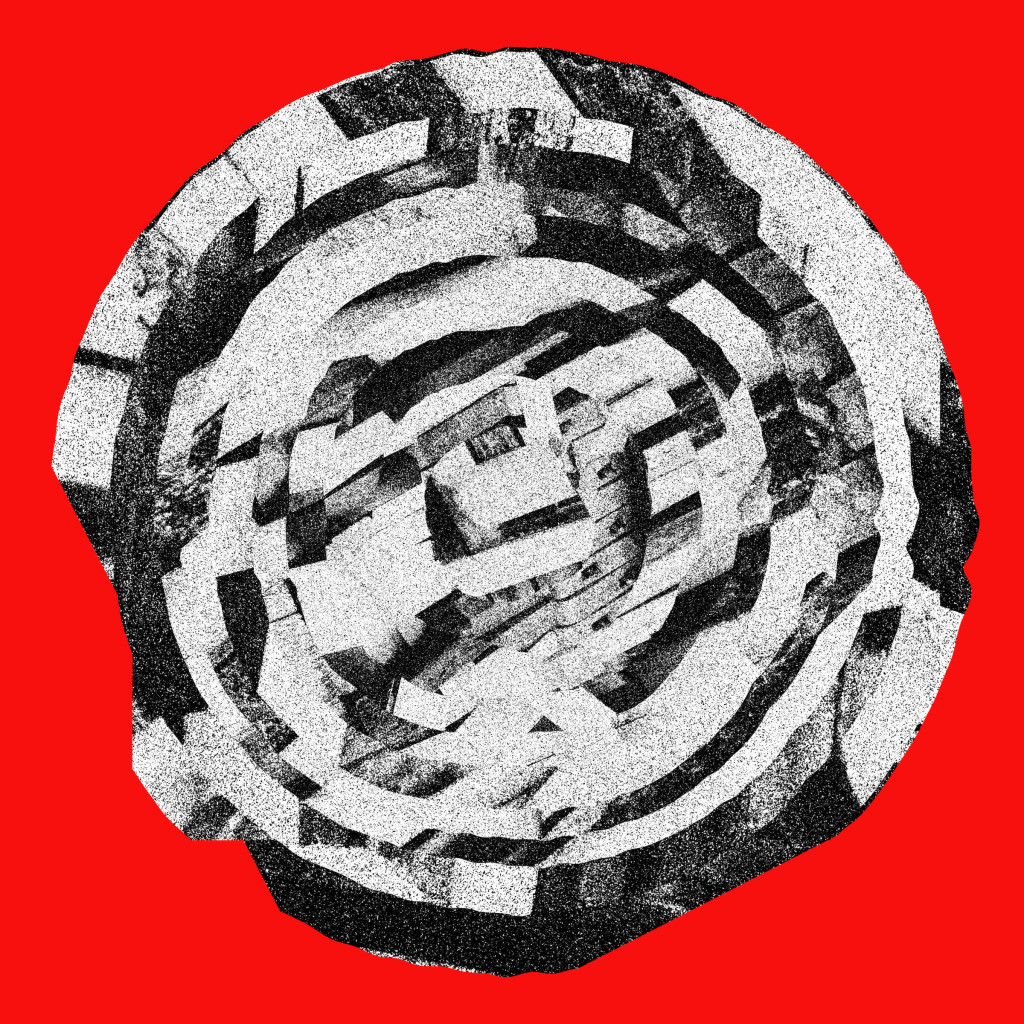
The field listening sessions are a nice complement to the field recording. How did you go about making the sessions?
A couple of years ago I dropped a spoken-word record called Aint About Me. Before releasing it, I wanted everyone involved in the project to hear it the way that Jan Wagner (the producer) and I heard it. So, we invited everyone to the studio where the thing was mixed and mastered, and we had this final listening session. Because, you know, you put all this love into the mix, but once the thing is out, the type of speakers that people will hear it on or the acoustics of the space where they listen to it – it’s all out of your hands.
I wanted to do something similar with Noise in the Key, but because I mixed the whole thing on headphones (and for headphones), it didn’t really make sense for me to play it on speakers in a studio environment. So, I decided to show the piece to a handful of folks who are extremely dear to me – some of them were involved in the making of this piece or, at least, privy to my process – on the same headphones that I mixed it on.
The first session I held was with Simon Houghton, an extremely sensitive soul, and a beastly musician. I made us a pot of my favorite Sencha (Koyu) which, by the way, accompanied all of my mixing sessions. We climbed up on these industrial containers in front of my office and sat down in the sun. I had a headphone splitter so that we could both hear the record simultaneously, and we dove in! It was magical! That’s when I heard that the record expands through the sounds of the environment that bleed in: like you can’t tell, at times, what’s happening on the recording and what’s happening around you
I remember feeling so vulnerable, serving what amounts to five years of my life to someone. And then, that thing happened, where time got warped and it was hard to tell how long the recording lasted. Was it five minutes or an hour? The conversation afterward was so heartfelt and deep. I always wanted to have my own version of a tea ceremony, but I didn’t want to emulate the original form, but I wanted to achieve something similar: focus on the presence. What happened during this session had that effect, but it was entirely based and derived from my art practice.
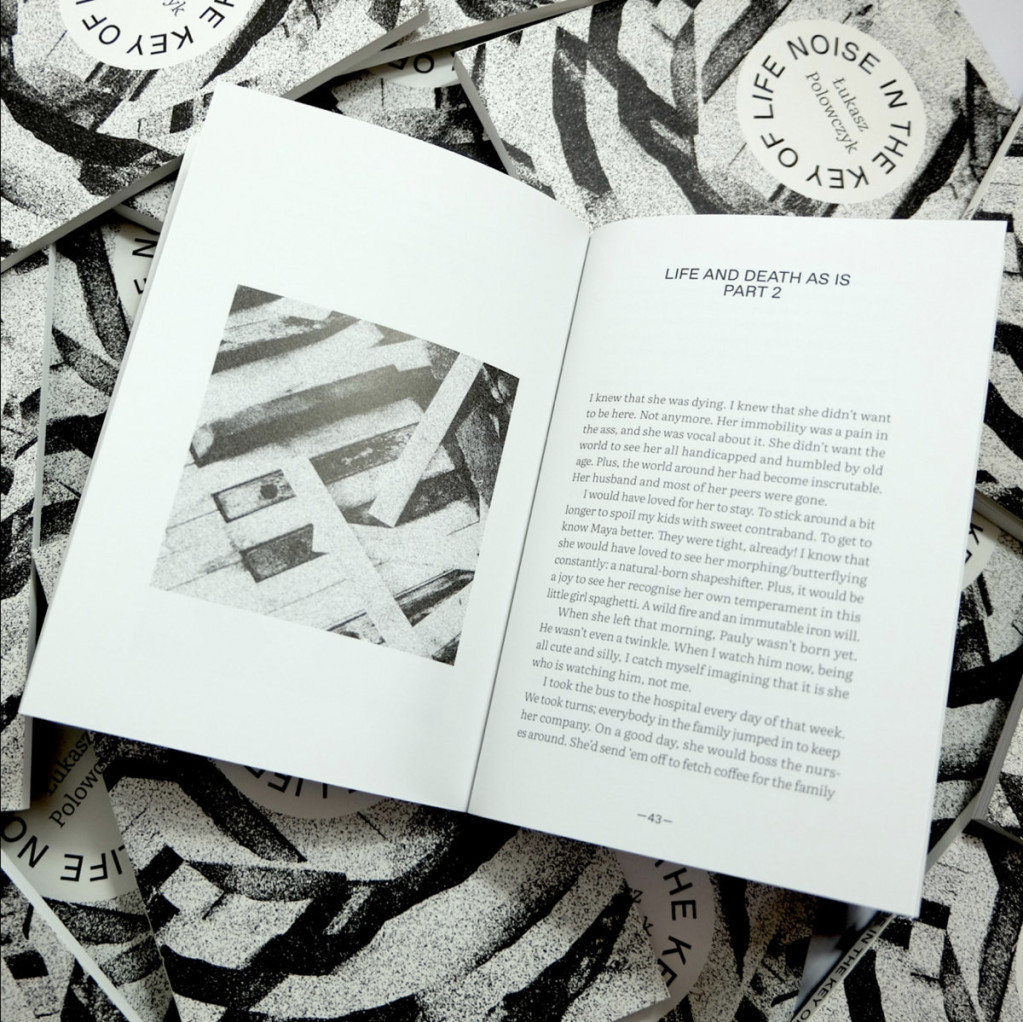
It sounds like this filled a real need for you – to be present. What led you on that path in field recording?
Coincidentally, I started to make field recordings at the same time when I committed to daily sitting practice, so, meditation is inextricable for me from how I go about working with sound out in the field. It’s funny, but this whole journey started with some open windows at a studio session way back when. I had this project called Smpl Thngs with my friend Graciela Maria, who is this amazing vocalist and a beautiful soul. We would meet at the studio, cook something and then record impromptu responses to these simple, dirty instrumentals that I cut on a Rhodes piano.
The first recording that we made together was done with windows wide open. It was a hot summer day and since the studio was located in this gorgeous pre-war building that used to be a chocolate factory, with these huge windows, we were melting. So we opened the windows. I think that I just wanted to show Graciela some of these instrumentals, but when I played her the very first one, she jumped up and said, “let me record something!” The mic was set up in the middle of the studio, and I just pressed record. I didn’t think to check the gain or to close the windows!
Turns out that the gain was set really high, so, along with Graciela’s voice, the mic also picked up the sound of kids playing outside, crows flying by, and a jet passing overhead. In the past, I would go for another take, but this project wasn’t about perfection, but capturing a moment! Plus, the song was beautiful as is! The more I listened to it, the more I fell in love with the musicality of these “unintended” sounds and how they became a “fingerprint” of this specific moment. The rest is history!
How is it impacting how you reflect on the world around you, how you think, how you are aware of being where you are?
I hear music everywhere now! Even without my zoom and the headphones on, I’m hyper-aware of the symphony around me, and I use it to anchor me in the present. I also understand, now, how sensitive musicians compose through mimicry – how they are able to turn everyday sounds into music. I did the same but through sound degradation. (laughter)
What were you missing before you began field recording; what was that awareness like?
I wasn’t here, but I didn’t know it. I thought I heard it, but I didn’t!


